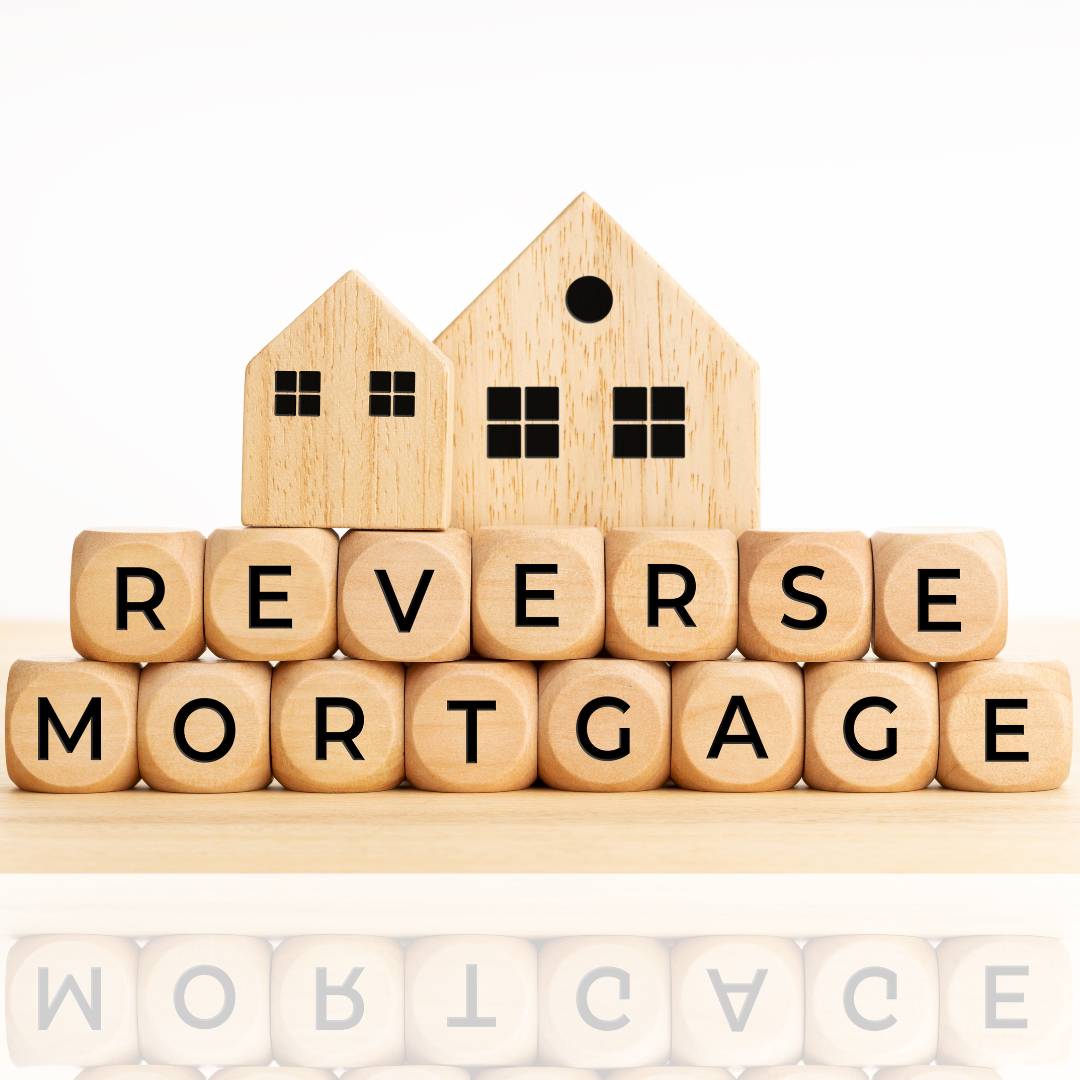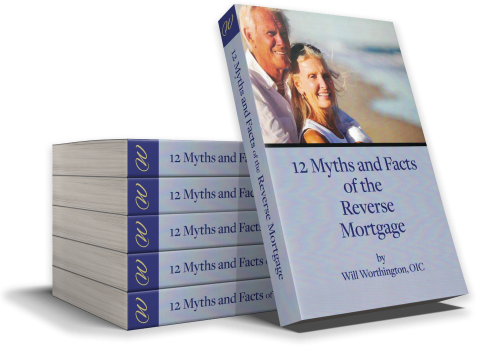The golden years of retirement should be filled with relaxation, enjoyment, and peace of mind. Yet, for many seniors, financial concerns can cast a shadow over this well-deserved chapter of life. Rising healthcare costs, unexpected home repairs, and the ever-increasing cost of living can create a cloud of uncertainty. If you’re 62 years or older and own your home, a reverse mortgage could be the key to unlocking the financial freedom you need to live your retirement years to the fullest. In this comprehensive guide, we’ll explore the world of reverse mortgages, debunk common myths, and help you make an informed decision about this financial tool.
What is a Reverse Mortgage?
To put it simply, a reverse mortgage is a unique financial product designed to provide homeowners aged 62 and older with a means to tap into the equity they’ve built in their homes. Unlike a traditional mortgage, where you make monthly payments to a lender, a reverse mortgage allows you to receive payments from the lender. This reverse payment structure is what makes it distinct.
The most common type of reverse mortgage is the Home Equity Conversion Mortgage (HECM), insured by the Federal Housing Administration (FHA). It’s essential to understand that you continue to own and live in your home with a reverse mortgage. The loan is repaid when you (or your heirs) decide to sell the home or when the last borrower permanently leaves the home. It’s a financial tool that can provide you with funds while allowing you to stay in the place you call home.
How Does a Reverse Mortgage Work?
A reverse mortgage converts a portion of your home’s equity into tax-free cash. To qualify, you must meet specific age and home equity requirements. Generally, the older you are and the more equity you have in your home, the more funds you can access.
The loan amount is calculated based on your age, the home’s appraised value, and current interest rates. The higher your age and home value, the more funds you can receive. You can receive the money in various ways:
- Lump Sum: You receive the entire loan amount in one payment.
- Monthly Payments: You get a fixed amount each month.
- Line of Credit: You have access to a line of credit, which you can draw from as needed.
- Combination: You can choose a combination of these options.
The beauty of a reverse mortgage is that there are no monthly mortgage payments. As long as you continue to live in the home, you don’t need to repay the loan. The loan becomes due when you sell the home, move out permanently, or pass away. At that point, the loan, along with accrued interest, is typically repaid from the sale of the home.
Financial Freedom in Retirement
Now that you understand the fundamentals, let’s explore how a reverse mortgage can provide you with financial freedom during your retirement years.
Supplement Your Retirement Income
One of the most common reasons seniors turn to reverse mortgages is to supplement their retirement income. Social Security, pension plans, and savings might not be enough to cover all your expenses in retirement. A reverse mortgage can provide a steady stream of income, allowing you to cover everyday costs, healthcare expenses, or even embark on that dream vacation you’ve always wanted.
With a reverse mortgage, you can customize how you receive your funds. Monthly payments can mimic a monthly paycheck, providing consistency. Alternatively, a line of credit can be used as needed, acting as a financial safety net.
Stay in Your Home
The thought of leaving your cherished home due to financial constraints can be heart-wrenching. A reverse mortgage enables you to stay in your home without worrying about monthly mortgage payments. You’re responsible for property taxes, insurance, and home maintenance, just like any other homeowner. This ensures that you can age in place, surrounded by familiarity and cherished memories.
Home Repairs and Upkeep
Owning a home often comes with unexpected repair and maintenance costs. These can be a considerable burden in retirement, especially if you’re on a fixed income. A reverse mortgage can provide the financial means to address these issues promptly. Keeping your home in good condition ensures it retains its value, which can benefit you in the long run.
Manage Healthcare Expenses
Healthcare costs tend to increase with age. Many seniors find themselves in situations where they need additional funds for medical bills or long-term care. A reverse mortgage can be a valuable resource for managing these expenses, helping you maintain your quality of life without dipping into your savings or investments.
Pay Off Existing Mortgage or Debt
If you have an existing mortgage or other debts, a reverse mortgage can help you pay them off, eliminating those monthly payments and freeing up cash flow. This can significantly ease your financial stress and provide peace of mind.
Create a Financial Safety Net
One of the most advantageous features of a reverse mortgage is the line of credit option. This functions as a financial safety net, ready to be tapped into when needed. You can use it for emergencies, unexpected expenses, or for any purpose you see fit. The beauty of this line of credit is that it grows over time, making it an increasingly valuable resource as you age.
Dispelling Myths About Reverse Mortgages
As with any financial decision, there are common misconceptions surrounding reverse mortgages. Let’s address some of these myths and set the record straight.
- Myth 1: The Bank Owns Your Home
- Fact: You remain the homeowner, and your name is still on the title. The lender has a lien on the property to secure the loan, but ownership remains with you.
- Myth 2: You Lose Equity in Your Home
- Fact: While a reverse mortgage uses some of your home’s equity, you can access the remaining equity when you decide to sell the home. You’re still entitled to any appreciation in your home’s value.
- Myth 3: Your Heirs Will Be Burdened With Debt
- Fact: Your heirs have several options. They can choose to sell the home and use the proceeds to repay the loan, or they can keep the home by paying off the loan balance. If the loan balance exceeds the home’s value, they are not responsible for the difference.
How to Qualify for a Reverse Mortgage
To qualify for a reverse mortgage, you must meet specific requirements:
- Age: You must be at least 62 years old.
- Home Ownership: You must own your home outright or have a significant amount of equity.
- Residence: The home must be your primary residence.
- Financial Assessment: Lenders will evaluate your financial situation, including your credit history and income, to ensure you can cover property taxes and insurance.
- If you meet these criteria, you can apply for a reverse mortgage.
In Conclusion
A reverse mortgage can provide financial freedom and peace of mind during your retirement years. It’s a versatile financial tool that can be customized to your unique needs. Whether you’re looking to supplement your retirement income, stay in your beloved home, or manage healthcare expenses, a reverse mortgage offers a range of benefits. It’s essential to work with a reputable lender and consider your long-term financial goals when deciding if a reverse mortgage is right for you.
Your retirement should be a time of enjoyment and relaxation. A reverse mortgage can help ensure that your golden years are filled with the financial freedom you deserve. If you’re considering a reverse mortgage, take the time to explore your
Share
by Santiago Carrillo
Share
STAY IN THE LOOP





